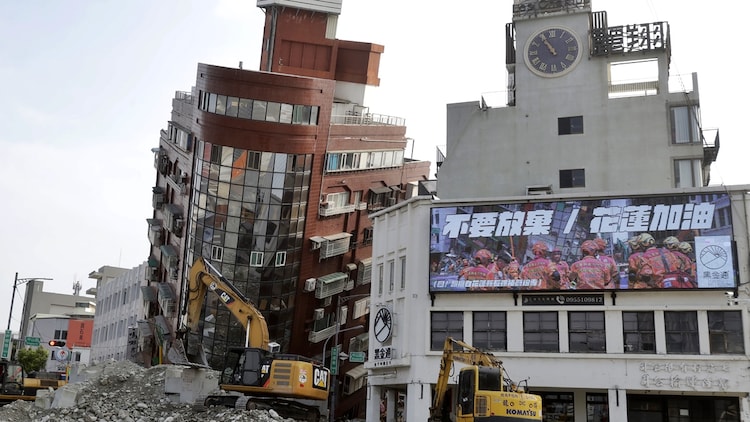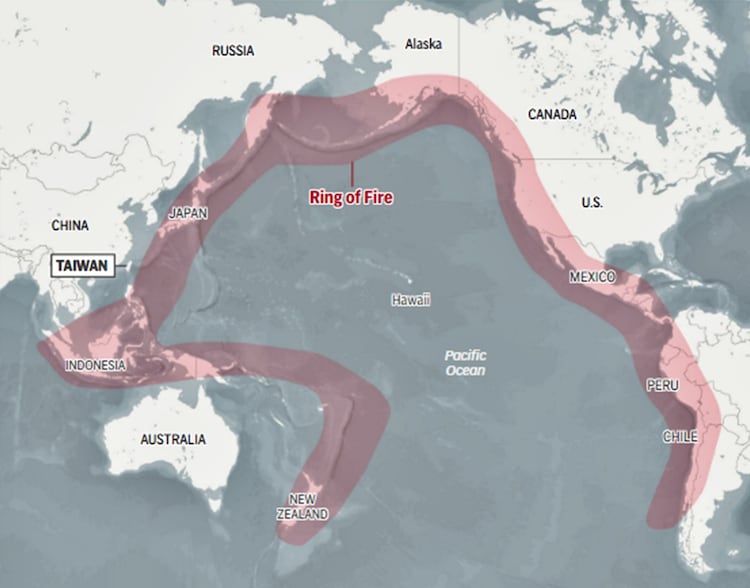
Why Taiwan is a hotspot for deadly earthquakes
The catastrophic natural disaster on April 3 has resulted in at least nine fatalities, injured more than 100 individuals, and left 50 workers missing.

In Short
- This catastrophic natural disaster has resulted in at least nine fatalities
- Taiwan is situated along the perilous Pacific "Ring of Fire"
- It forms a horseshoe shape around the edges of the Pacific Plate
Taiwan was hit by its most powerful earthquake in 25 years on Wednesday, leaving a trail of destruction, casualties, and a nation in shock.
The seismic event, measuring a magnitude of 7.4 according to the United States Geological Survey, struck near the eastern coast of the island, particularly affecting the Hualien region.
This catastrophic natural disaster has resulted in at least nine fatalities, injured more than 100 individuals, and left 50 workers missing after minibuses transporting them to a hotel in a national park were unaccounted for.
WHY IS TAIWAN SO VULNERABLE?
Taiwan, with its 23 million inhabitants, is situated along the perilous Pacific "Ring of Fire," a hotspot for seismic activity due to the collision and interaction of the Philippine Sea Plate and the Eurasian Plate.
The Ring of Fire describes a geographic area in the Pacific Ocean that forms a horseshoe shape around the edges of the Pacific Plate, encompassing several tectonic plate boundaries.
The Pacific Plate is one of the Earth's major tectonic plates, and it interacts with neighboring plates along its boundaries. These interactions create intense geological activity, including earthquakes, volcanic eruptions, and the formation of mountain ranges.
The recent quake not only claimed lives but also caused significant infrastructural damage, including tilting buildings, triggering massive landslides, and disrupting transportation networks.
The mountainous terrain of the region exacerbated the impact, with landslides blocking highways and damaging tunnels.
The quake's aftermath saw emergency services and residents grappling with the immediate consequences, including power outages and structural damages to buildings and roads.
Efforts to rescue those trapped or missing were underway, with more than 50 aftershocks recorded, adding to the urgency and fear among the populace. The Taiwanese government, along with international offers of assistance, highlighted the global concern for the island's plight.
The catastrophic event points to the vulnerability of Taiwan to natural disasters, despite its advanced earthquake preparedness and stringent building codes designed to withstand seismic shocks.
The memory of past earthquakes, such as the devastating 1999 tremor that killed about 2,400 people, remains fresh in the minds of many Taiwanese.

